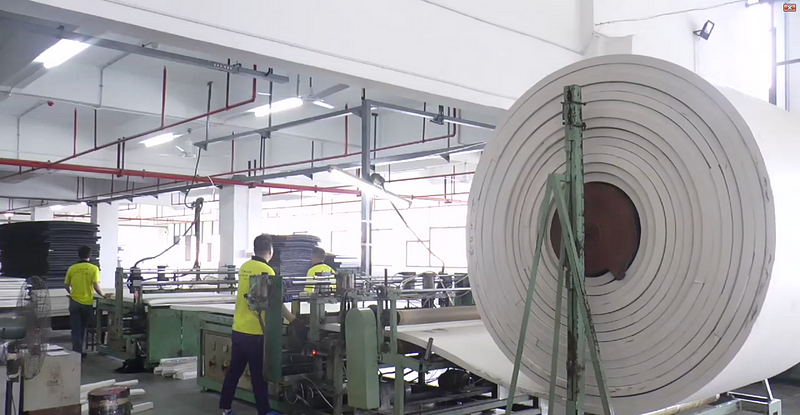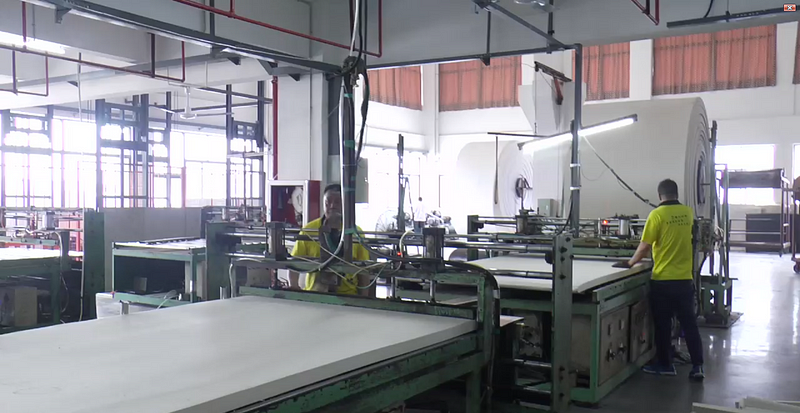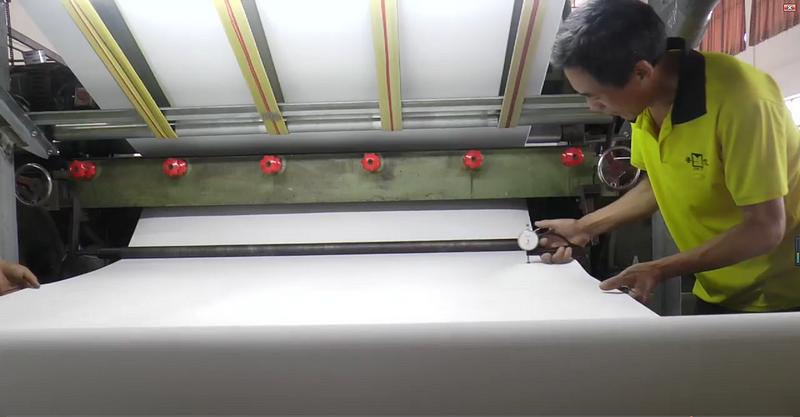Quality control in EVA foam sheet manufacturing is critical for ensuring product consistency, performance, and reliability. This article explores the role of quality control measures implemented by suppliers.\

Introduction
Ethylene Vinyl Acetate (EVA) foam sheets are widely used across various industries due to their versatile properties, such as cushioning, shock absorption, and thermal insulation. Ensuring the quality of these foam sheets is paramount for maintaining their performance and reliability in different applications. This article delves into the importance of quality control in EVA foam sheet manufacturing and how suppliers like Ideastep implement stringent quality control measures to deliver high-quality products.
1. Importance of Quality Control
Quality control is essential in manufacturing to ensure that the final products meet specified standards and customer expectations. In EVA foam sheet production, quality control helps in:
- Maintaining Consistency: Ensuring uniformity in the properties and dimensions of EVA foam sheets across different batches.
- Enhancing Performance: Guaranteeing that the foam sheets perform as expected in their respective applications, such as providing adequate cushioning or thermal insulation.
- Ensuring Reliability: Preventing defects and failures that could lead to product recalls or customer dissatisfaction.

2. Key Quality Control Measures
Suppliers implement various quality control measures throughout the manufacturing process to ensure the high quality of EVA foam sheets. These measures include:
A. Raw Material Inspection
Quality control begins with the inspection of raw materials. Suppliers ensure that the EVA resin and other additives meet specific quality standards before they are used in production. This involves testing for purity, consistency, and performance characteristics.
B. Process Monitoring
During the manufacturing process, continuous monitoring is crucial to maintain quality. This includes:
- Temperature and Pressure Control: Ensuring that the extrusion, foaming, and curing processes are carried out under optimal conditions.
- Mixing Consistency: Verifying that the compounding process produces a homogenous mixture for uniform cell structure and material properties.
C. In-Process Testing
Regular testing is conducted at various stages of production to detect any deviations from quality standards. Common tests include:
- Density Testing: Measuring the foam’s density to ensure it meets the required specifications.
- Compression Testing: Evaluating the foam’s ability to withstand compressive forces, which is critical for cushioning applications.
- Thermal Conductivity Testing: Assessing the foam’s insulation properties.
D. Final Product Inspection
Before shipment, the final EVA foam sheets undergo a thorough inspection to ensure they meet all quality criteria. This includes checking for:
- Surface Finish: Ensuring a smooth and even surface free of defects.
- Dimensional Accuracy: Verifying that the foam sheets meet the specified dimensions and tolerances.
- Physical Properties: Confirming that the foam exhibits the required mechanical and thermal properties.

3. Role of Advanced Technologies
Advanced technologies play a significant role in enhancing quality control in EVA foam sheet manufacturing. Suppliers like Ideastep utilize state-of-the-art equipment and automated systems to improve accuracy and efficiency in quality control processes. Technologies such as computer-aided design (CAD), automated inspection systems, and real-time monitoring tools help in:
- Reducing Human Error: Automated systems minimize the risk of human error, ensuring more consistent and accurate quality control.
- Improving Precision: Advanced equipment provides precise measurements and controls, enhancing the overall quality of the foam sheets.
- Streamlining Processes: Automated systems speed up quality control processes, allowing for more efficient production without compromising quality.
4. Leading Suppliers
Leading suppliers in the EVA foam sheet industry, such as Ideastep, are known for their commitment to quality. These companies invest heavily in quality control measures to ensure their products meet the highest standards. Their rigorous quality control protocols include:
- Comprehensive Testing: Conducting extensive tests on raw materials, in-process products, and final foam sheets.
- Continuous Improvement: Regularly reviewing and improving quality control processes to stay ahead of industry standards.
- Customer Feedback: Using customer feedback to identify areas for improvement and enhance product quality.

Conclusion
Quality control is a critical aspect of EVA foam sheet manufacturing, ensuring that the final products meet stringent standards and perform reliably in various applications. Suppliers like Ideastep implement robust quality control measures throughout the manufacturing process, from raw material inspection to final product testing. By leveraging advanced technologies and adhering to strict protocols, these suppliers deliver high-quality EVA foam sheets that meet customer expectations and industry requirements.
FAQs
- Why is quality control important in EVA foam sheet manufacturing? Quality control ensures consistency, performance, and reliability of the foam sheets, preventing defects and ensuring customer satisfaction.
- What are some key quality control measures used by suppliers? Key measures include raw material inspection, process monitoring, in-process testing, and final product inspection.
- How do advanced technologies enhance quality control? Advanced technologies reduce human error, improve precision, and streamline quality control processes, ensuring higher quality products.
